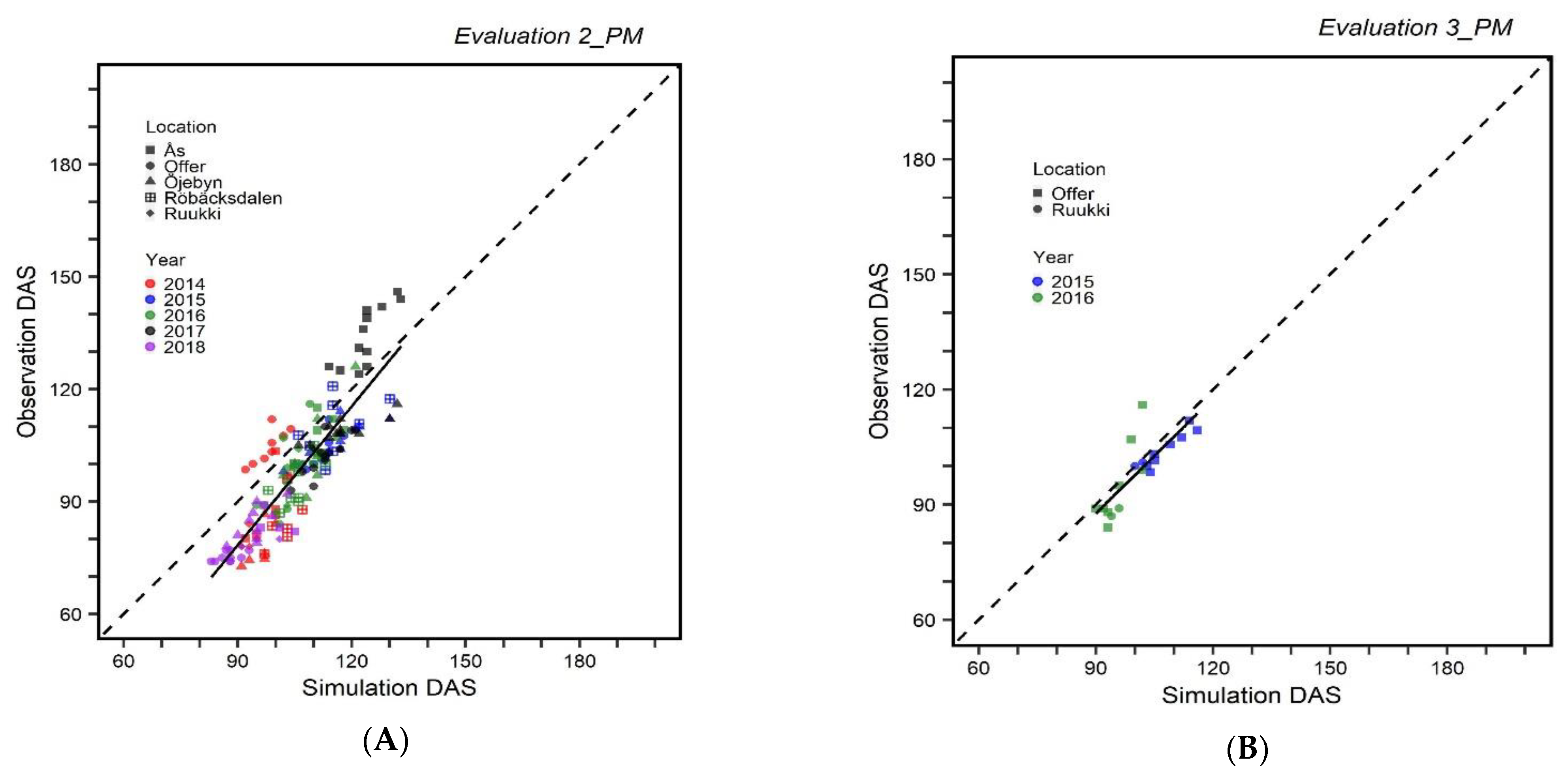

The possibility of soil water delaying flowering in wheat has been alluded to by McDonald, et al. Both interpretations have been advanced in the literature, but the former dominates 18, 19. The APSIM model has an option to delay flowering of maize, sorghum and peanut in dry soil ( Here we propose that the soil water effect on flowering time in chickpea and wheat can involve both (i) a hastening effect of water deficit, and (ii) a delaying effect of wet soil. Limited attempts have been made to incorporate the soil water effect in models for flowering time, with emphasis on the drier end of the soil water range 21, 22, 24. In wheat, photoperiod and vernalisation genes only accounted for about 53% of the variation in flowering time 23, indicating that a significant proportion of the observed variation could be due to other factor(s), including soil water. A similar effect of soil water deficit on flowering time has been reported for wheat 20, 21, 22. 19 also reported differences in flowering time between irrigated and rainfed chickpeas. Singh 18 reported that the thermal time requirement for emergence to flowering and flowering to maturity of chickpea decreased as normalized evapotranspiration deficit increased. Kwang-Wook 17 and Singh 18 reported a positive relationship between chickpea flowering time and crop evapotranspiration.

However, prediction of flowering time based on these two parameters is relatively poor 14, 15, 16, suggesting other drivers of crop development may have been overlooked.Ī few studies have shown that soil water can influence flowering time in chickpea and wheat.

Based on experimental studies 8, 9, crop simulation models including the Agriculture Production Systems Simulator (APSIM) and Decision Support System for Agrotechnology Transfer (DSSAT) 10, 11, 12, 13, model chickpea phenology as a function of temperature and photoperiod. Matching crop phenology to environment is critical for stress adaptation and crop yield 7, hence the importance of accurate prediction of flowering time. Chickpea yields are constrained by the crop’s high sensitivity to a number of abiotic stresses including frost, drought and heat stress 5, 6. The crop is also important for sustainability of farming systems due to its nitrogen fixing ability 4. Chickpea is the third most important protein rich grain legume which is directly consumed as human food in the poorer countries where the projected population increases are most likely to occur 3. To address this challenge while reducing the carbon footprint and conserving water, our reliance on protein from plants will need to increase significantly 2. The world faces the growing challenge of feeding over 9.5 billion people by 2050 under the looming threat of climate change 1.


 0 kommentar(er)
0 kommentar(er)
